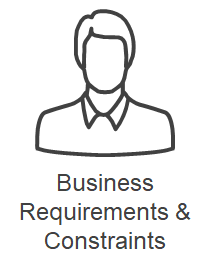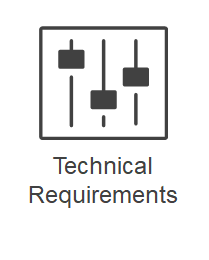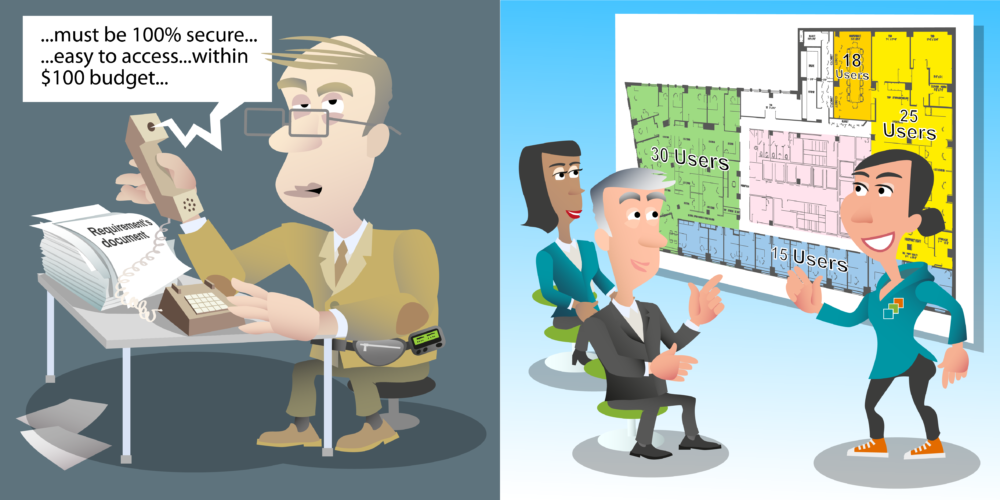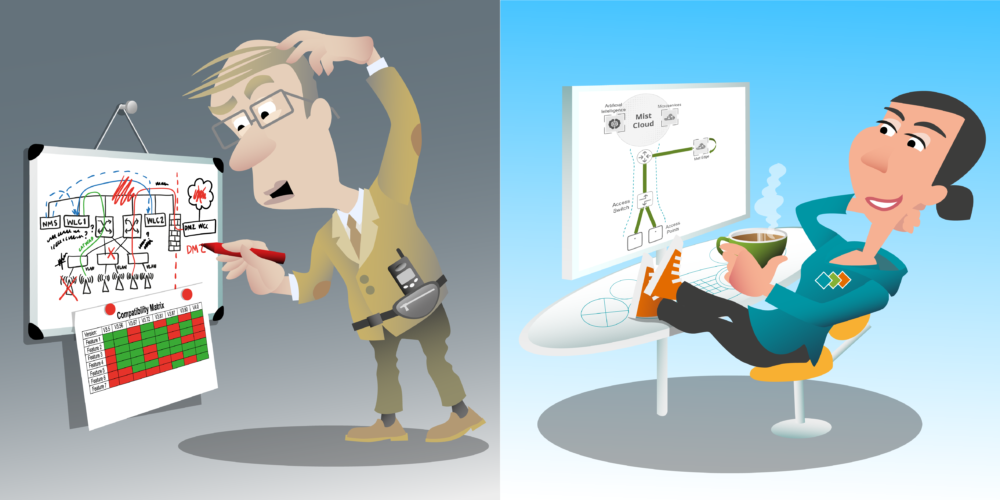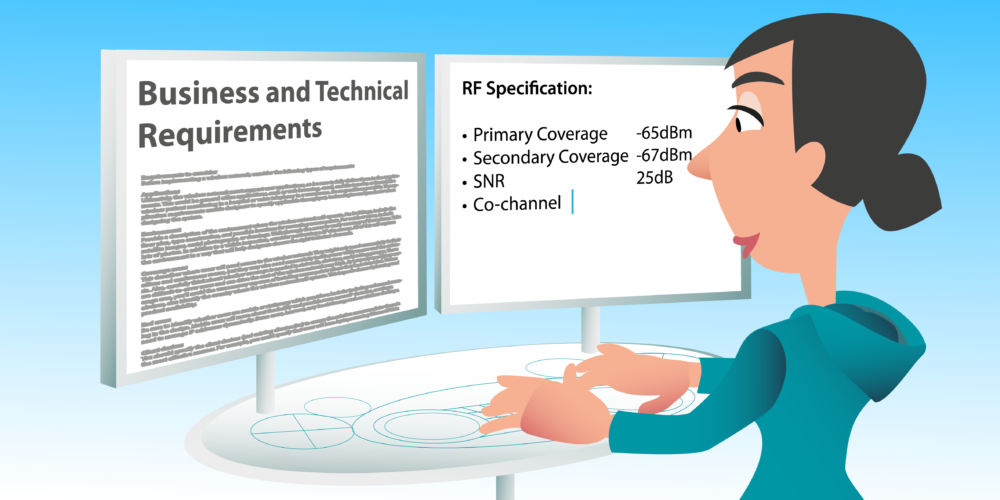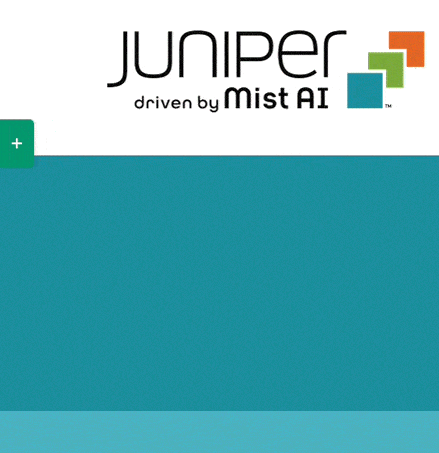#2 DEFINE
Gathering and defining WLAN requirements

Defining the requirements. Define is the most important phase of the wireless LAN design lifecycle. You see, all of the phases flow from defining the requirements. For example, we design to meet a set of requirements. We validate a deployment meets the requirements. And we diagnose an existing network against a set of requirements. You see, if we don’t define the requirements correctly, all of the phases start to fall apart. A large number of wifi issues I see can be traced back to incorrectly defined requirements, or in some cases, the define phase is completely skipped. Now, a big danger to avoid here is when we just view the define stage as a customer interview with a predefined questionnaire. This often happens when the responsibility falls to a salesperson to ask the questions, and you go through a checklist.
You see, it amazes me how many times I hear what design engineers who never get to talk to the customer. Let’s take Colin here. He has got the answers from a customer meeting sent to him by his sales guy. Where is coverage required? Answer: everywhere. What type of devices will be used? Answer: could be any. What applications are being used? Answer: just normal applications. But he can’t ask any follow-up questions. He’s left trying to guess the requirements from the building plans he has been sent. No, the define phase is a technical process to be carried out by the design engineer who will need to engage with the business stakeholders. Let’s take Misty, on the other hand, who has gathered all the relevant business stakeholders together for an interactive design workshop where the requirements for each area and business department are being discussed.
Now, we split the define process down into three areas. First, we gather the business requirements. Then we define and gather the technical requirements. And third, we define an RF design requirements. Now notice that the business requirements are gathered by the design engineer. They are defined by the business. What is the purpose of the wireless LAN? Where should the wifi services be available? Now, while the design engineer may suggest and guide the business in some of these, the decision is always the business’s. Technical requirements, on the other hand, may be defined by the business or the design engineer, and very often it’s going to be a combination of both. Whereas the RF design requirements or RF specification is always defined by the design engineer to meet the defined and gathered business and technical requirements. Now, in the graphic below, you can click on any of these areas to explore in more detail. Thank you for watching. Goodbye.
Defining the Requirements
Define is the most important phase of the WLAN design life cycle. All other phases flow from defining the requirements. We design to meet a set of requirements, we validate whether a deployment meets the requirements and we diagnose as existing network against a set of requirements. You see, if we don’t define the requirements correctly, all other phases start to fall apart. We split the define phase into the following three areas:
- Gather the business requirements
- Define and gather technical requirements
- Define RF design requirements
In the graphic below you can click on any of these areas to explore in more detail.
#3 Business Requirements
Business Requirements are defined by the business and should by gathered by the wireless WLAN design engineer. Business requirements may include: Purpose System expectations Service areas Applications Key devices Key individuals Financial constraints Legal and compliance [...]
#4 Technical Requirements
Technical Requirements can be defined by the business and/or derived by the design engineer from the business requirements. Technical requirements may included the following: Requirements Areas Capacity requirements Application Requirements (Bandwidth, Jitter, Delay, Packet loss) Devices (Least Capable, [...]
#5 Selecting Mist AI access points
Mist AI WiFi 6 Access Points The graphic below is a summary of the different Mist AI access points with their ideal deployment environments. For more information on Mist AI access points please click here [...]
#6 LCMI (Least Capable, Most Important)
Least Capable, Most Important Not all devices in the same location will receive an RF signal at the same level, this is due to variation across antennas and RF circuitry implementations. Therefore, when designing to a [...]
#7 Architecture and Edge
Mist Architecture Options 1. Local AP bridging In this architecture all user VLANs are tunneled to each AP 2. Traffic tunneled to Mist Edge WLAN traffic is tunnel to a Mist Edge. This solution is [...]
#8 RF Design Requirements
The RF Design Requirements/Specification is defined by the WLAN design engineer to meet all the gathered and defined business and technical requirements. This RF design specification is the input into the Design phase and may include [...]
#9 Wi-Fi 6E Define
6GHz Frequency Band:


